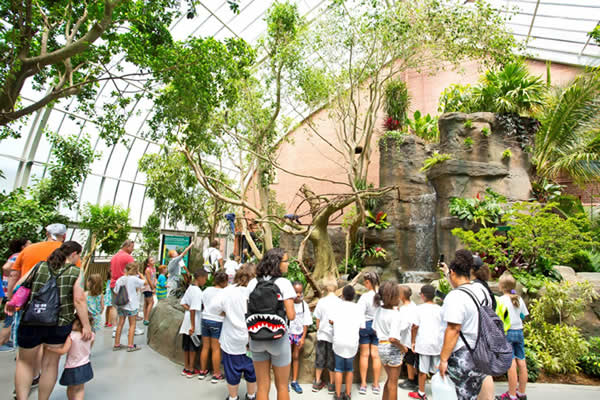Post Time:May 15,2019Classify:Industry NewsView:1236
Vitro Architectural Glass (formerly PPG Glass) announced that it will devote its presence at A’19, the American Institute of Architects (AIA) Conference on Architecture, to advocating for and educating architects about the principles of bird-friendly glass and building design.
Representatives of Vitro Glass, North America’s largest glass manufacturer, will provide information and educational materials from American Bird Conservancy (ABC), which estimates that up to one billion birds die in the United States each year in collisions with glass windows and walls. ABC and Vitro Glass had previously worked together to test bird-friendly glass designs at the Powdermill Avian Research Center in Stahlstown, Pennsylvania.
Kevin Ramus, manager, architectural quality, Vitro Architectural Glass (center), works with staff from American Bird Conservancy (ABC) and the Powdermill Avian Research Center in Stahlstown, Pennsylvania, to arrange an experiment for bird-friendly glass development. Birds captured at the research center are tested for their ability to see patterned-glass prototypes with the goal of helping birds of every type avoid collisions with glass windows and walls.
Christine Sheppard, Ph.D., glass collisions program director, ABC, said her organization is excited to partner with Vitro Glass on this initiative. “The best way to build a bird-friendly building is to think about birds at the start of the design process,” she explained.
“It is vital to increase the number of glass options that are both bird-friendly and visually appealing so that we make it as easy as possible for talented architects to create a range of bird-friendly buildings, from homes to skyscrapers. This is a chance to show that bird-friendly architecture is not an add-on, but a design strategy that creates beautiful, functional buildings.”
Robert J. Struble, manager, brand and communications, Vitro Architectural Glass, added that protecting birds is an integral part of Vitro’s sustainability efforts. “We’ve worked closely with architects for many years to maximize energy and environmental performance of high-performance glass,” he explained. “We are equally committed to working with the industry and our architectural partners to make glass more bird-friendly, too.”

Source: www.vitroglazings.comAuthor: Shangyi